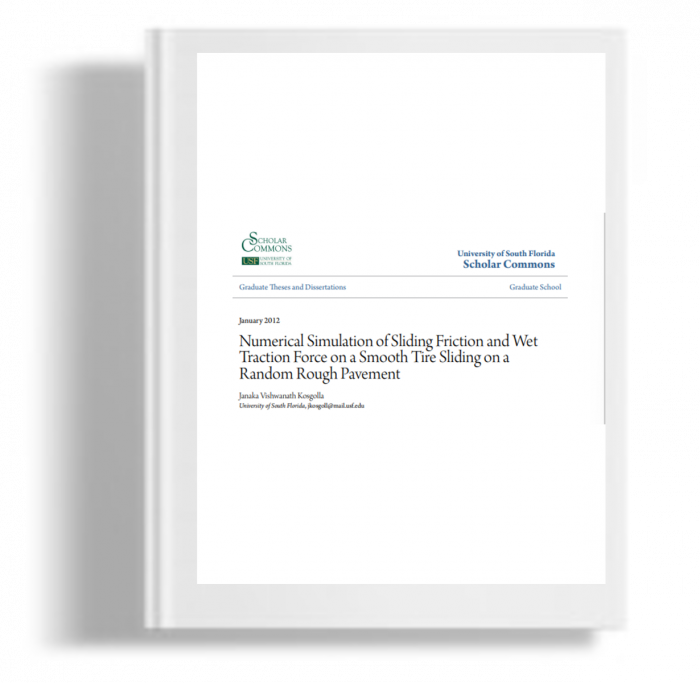Kami menggunakan cookies untuk membuat pengalaman Anda lebih baik. Untuk mematuhi petunjuk e-Pribadi yang baru, kami perlu meminta persetujuan Anda untuk menyetel cookies. Pelajari lebih lanjut .
Numerical Simulation of Sliding Friction and Wet Traction Force on Smooth Tire Siding on a Random Rough Pavement
Availability of analytical and numerical tools that can provide reliable and accurate estimates of wet frictional resistance in different pavements would preclude the need for time consuming field tests. Therefore, many research efforts have been made to develop such tire-pavement friction predictive tools that are invaluable for friction management programs. However, due to the complexity of the problem, most existing tools have been developed based on several simplifying assumptions and without field verification of their predictions.
Availability of analytical and numerical tools that can provide reliable and accurate estimates of wet frictional resistance in different pavements would preclude the need for time consuming field tests. Therefore, many research efforts have been made to develop such tire-pavement friction predictive tools that are invaluable for friction management programs. However, due to the complexity of the problem, most existing tools have been developed based on several simplifying assumptions and without field verification of their predictions. The current study is focused on the evaluation of two specific prediction methods that can be used to predict friction on a smooth tire sliding on a rough moist pavement by comparing the corresponding predictions with the results of field experiments. A 3-dimensional finite element model (FEM) formulated in ANSYS software and an analytical method based on computing hysteresis friction from viscous energy dissipation are the two methods considered in this study. Both prediction tools are capable of considering rough pavement surface texture while the FEM method can even incorporate the specific tire geometric and material properties. Friction predictions of the two methods based on the macrotexture data collected at a selected test surface provide reasonably accurate results when compared to the corresponding field evaluation. The main finding of the investigation is the availability of relatively easily executed analytical methodologies that are comparable in accuracy to more rigorous finite element tools

